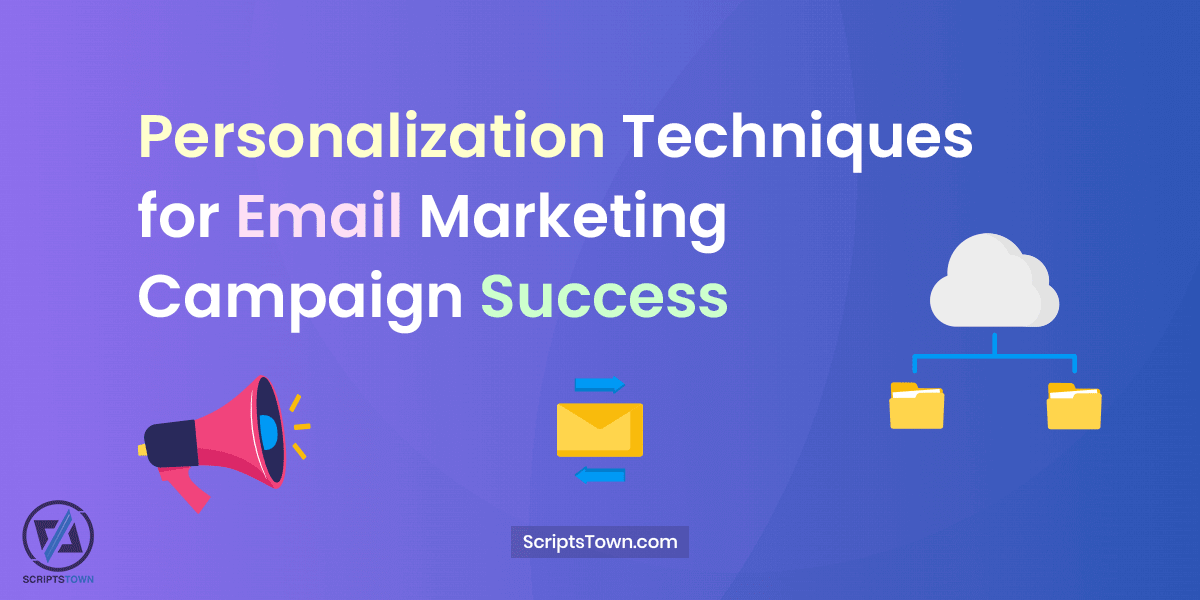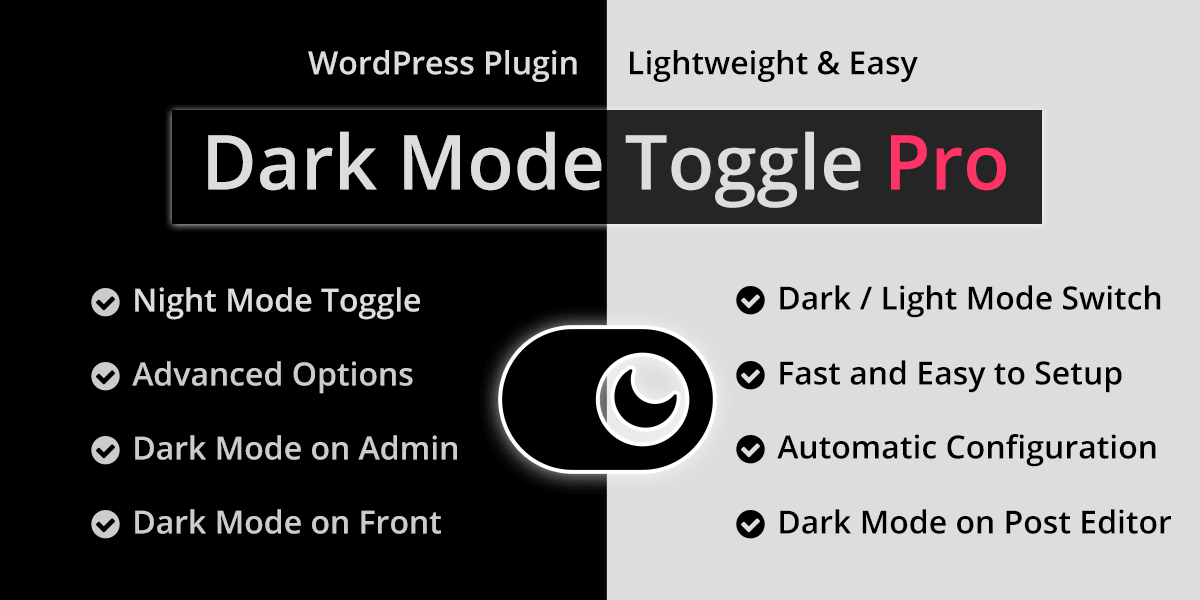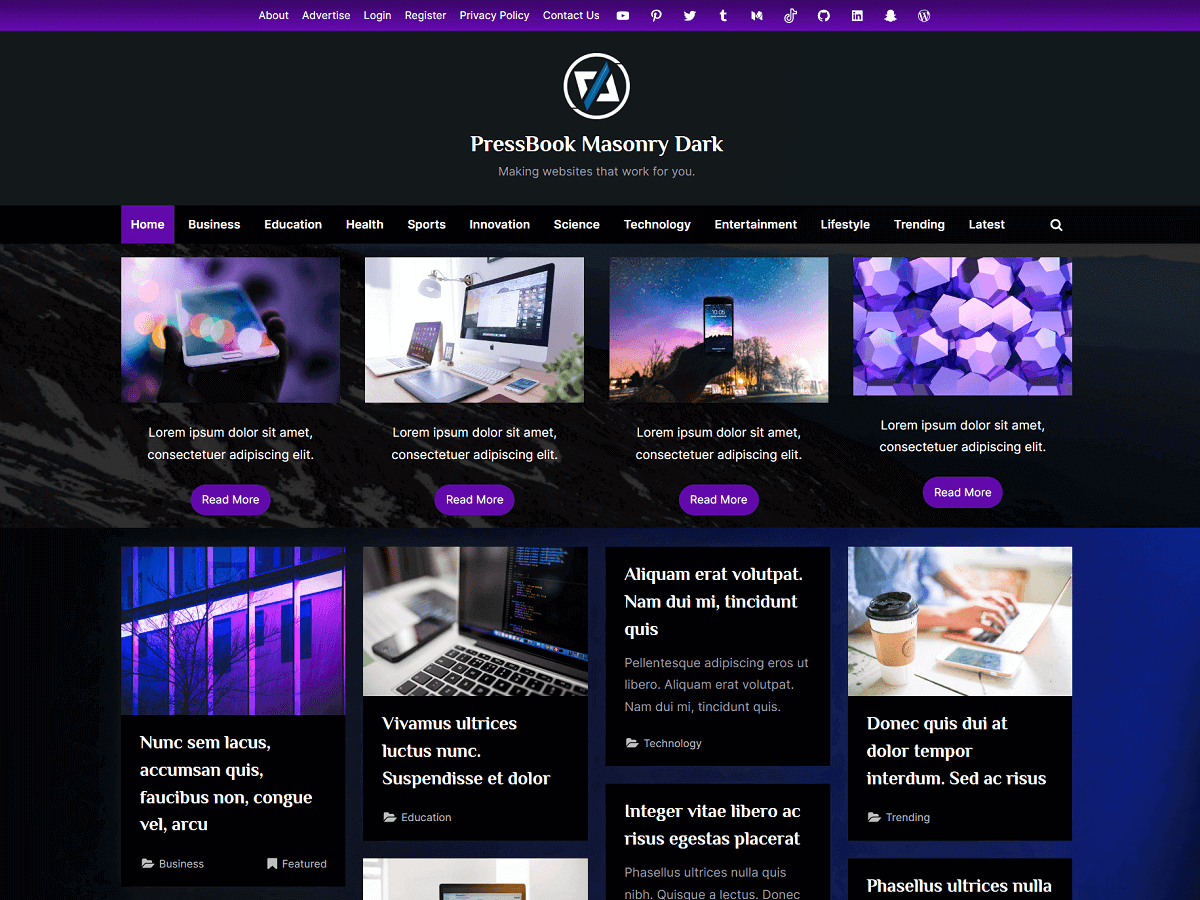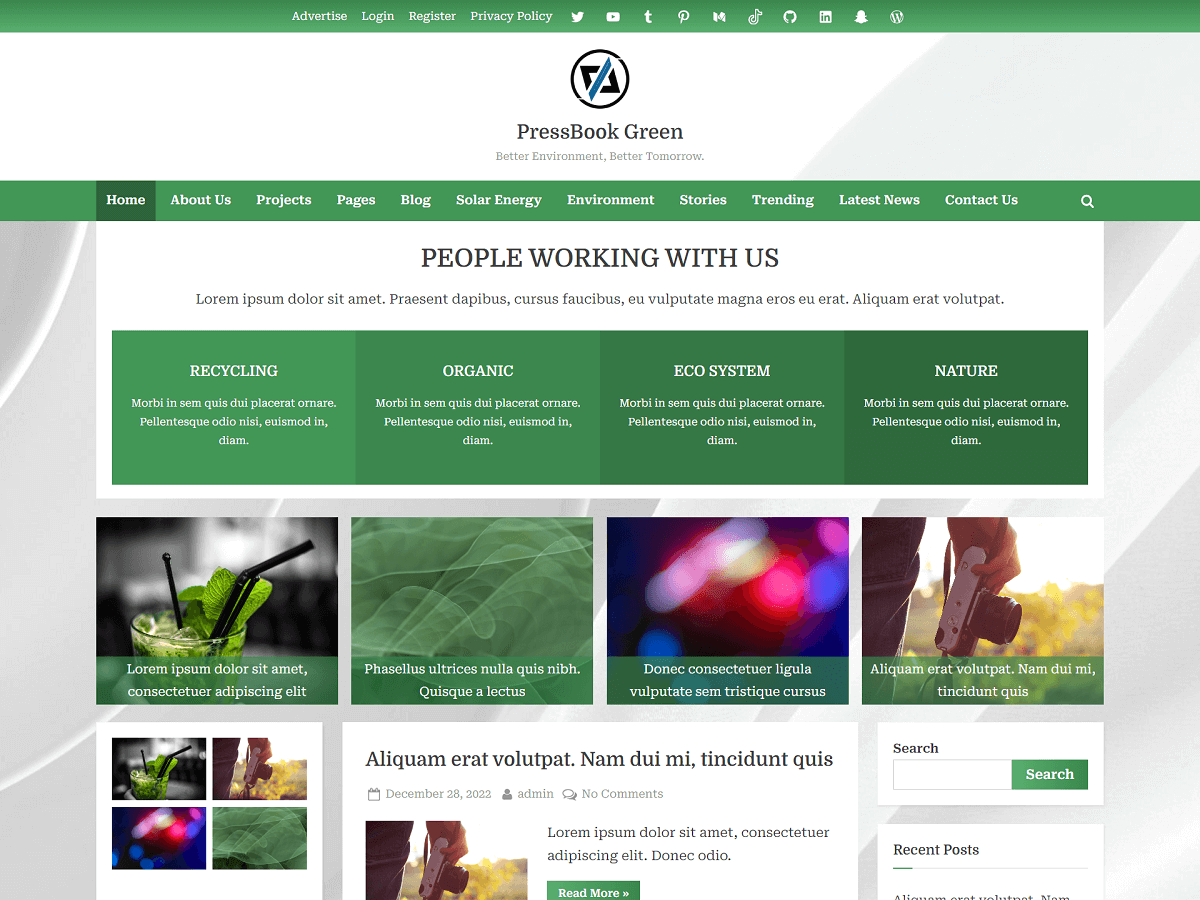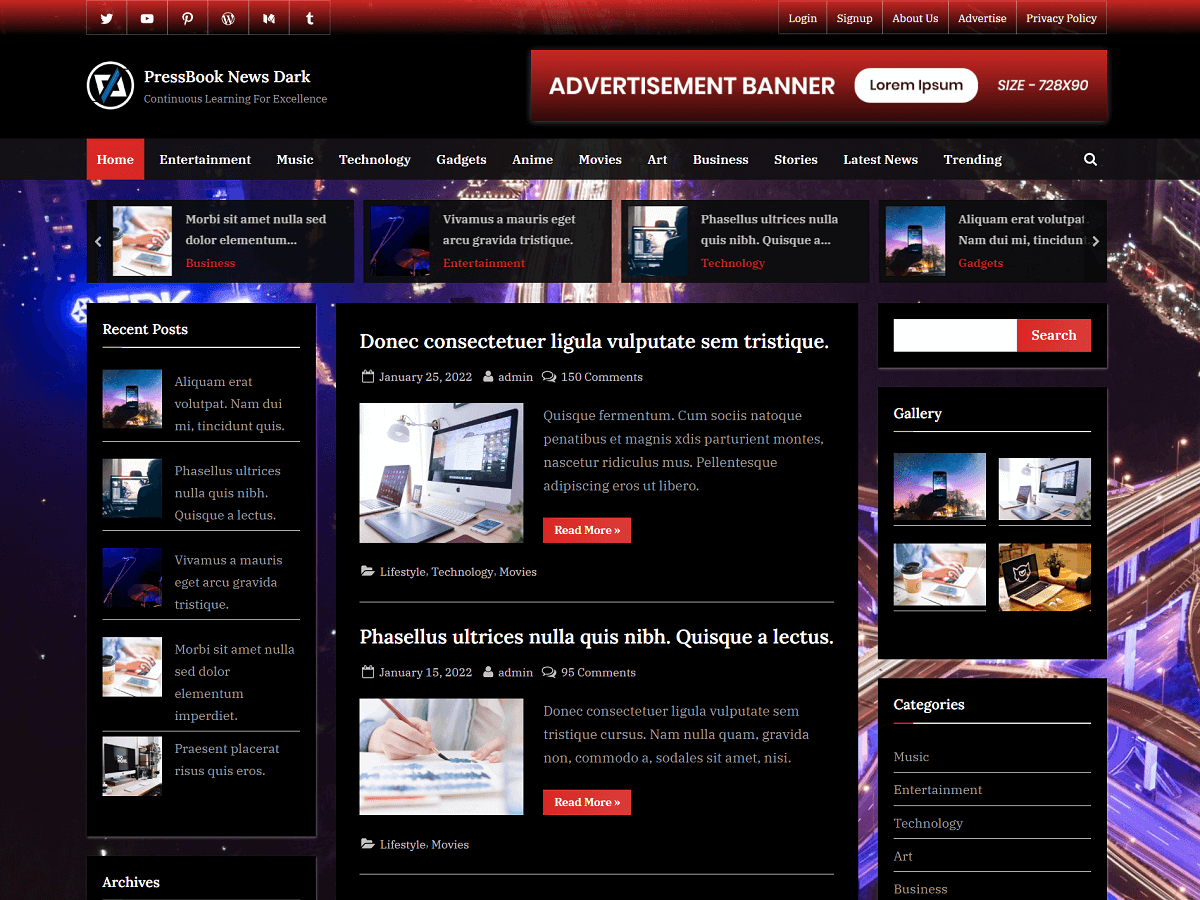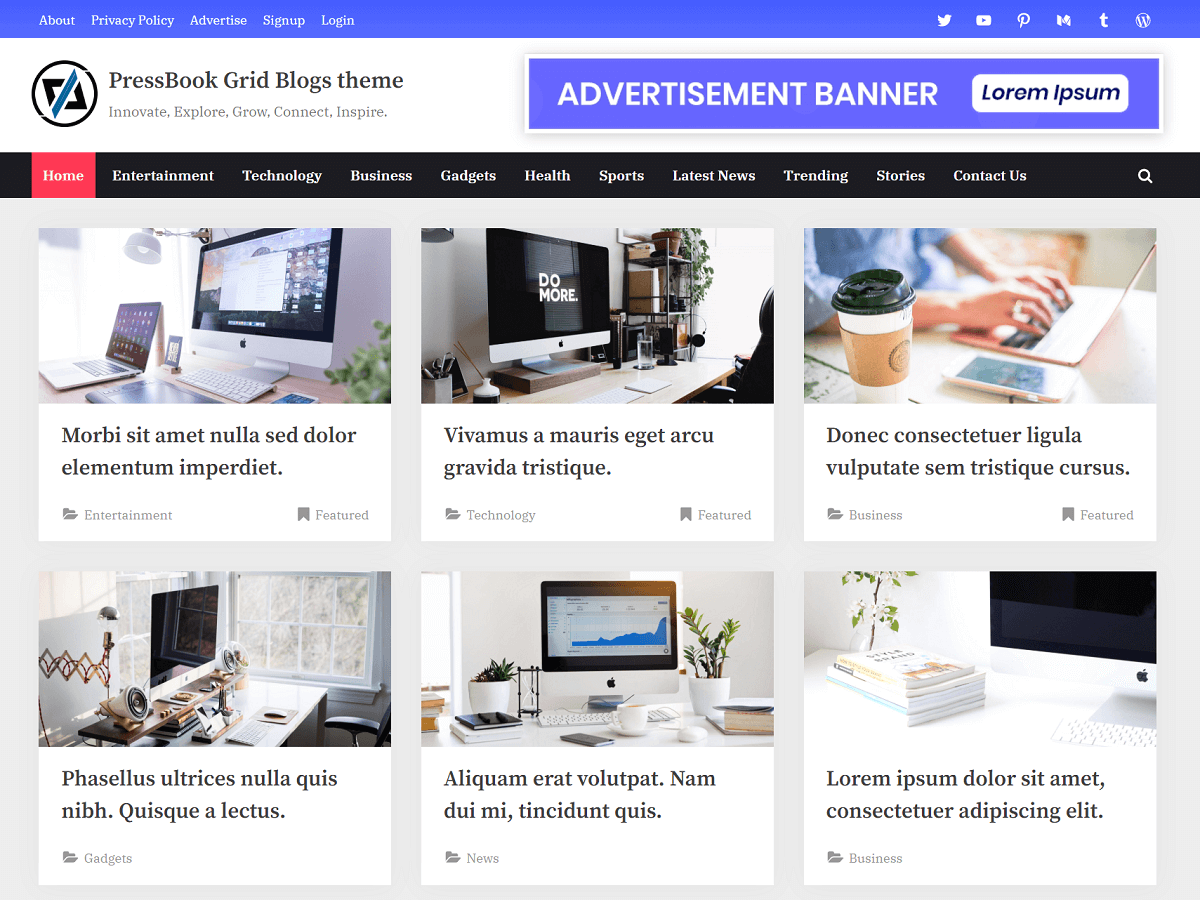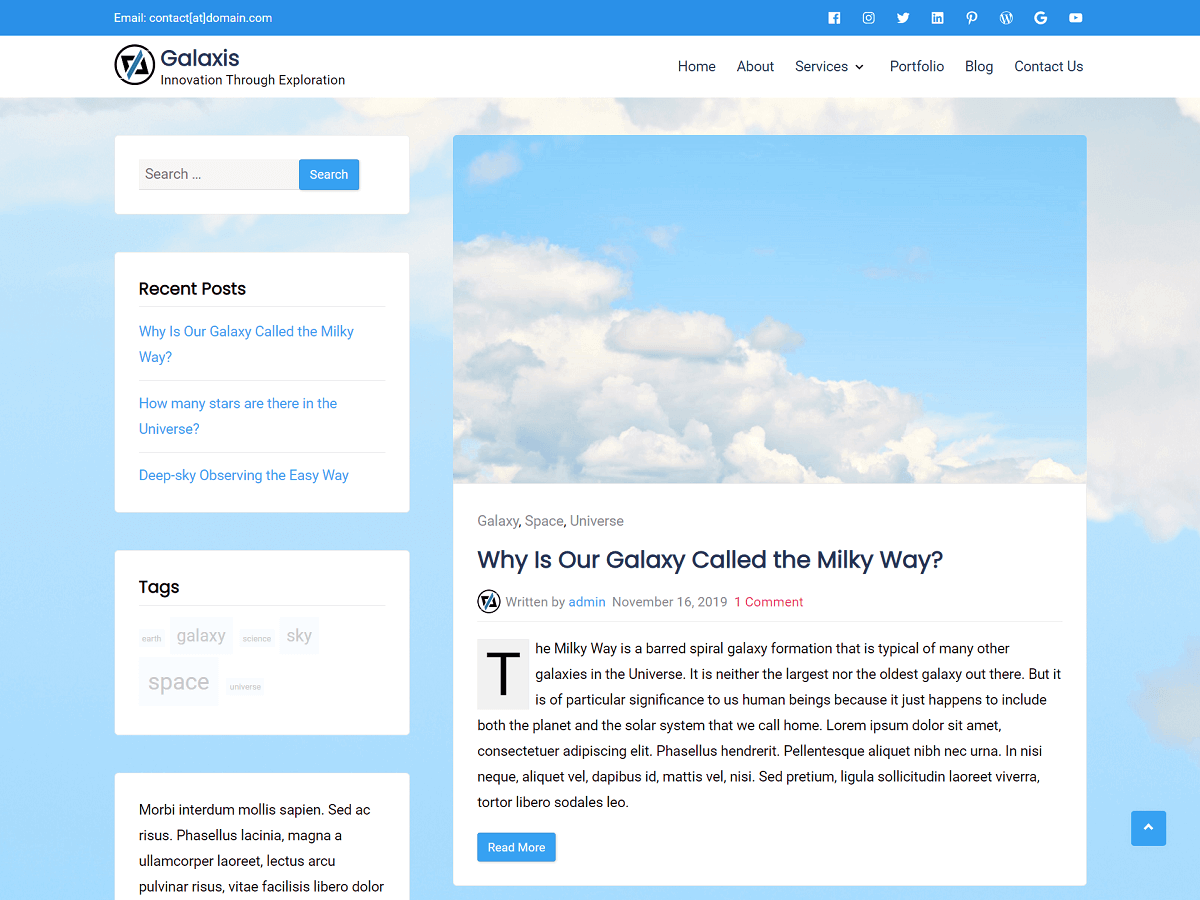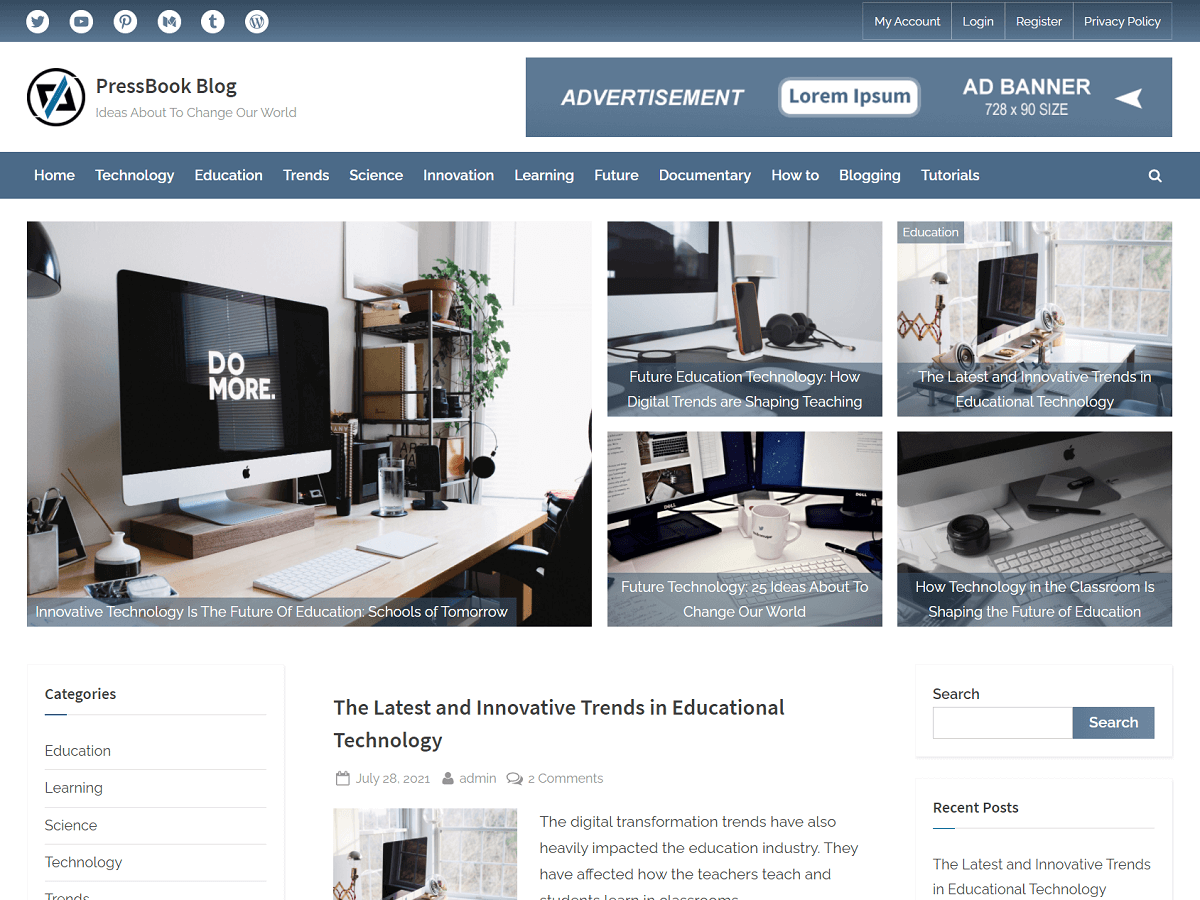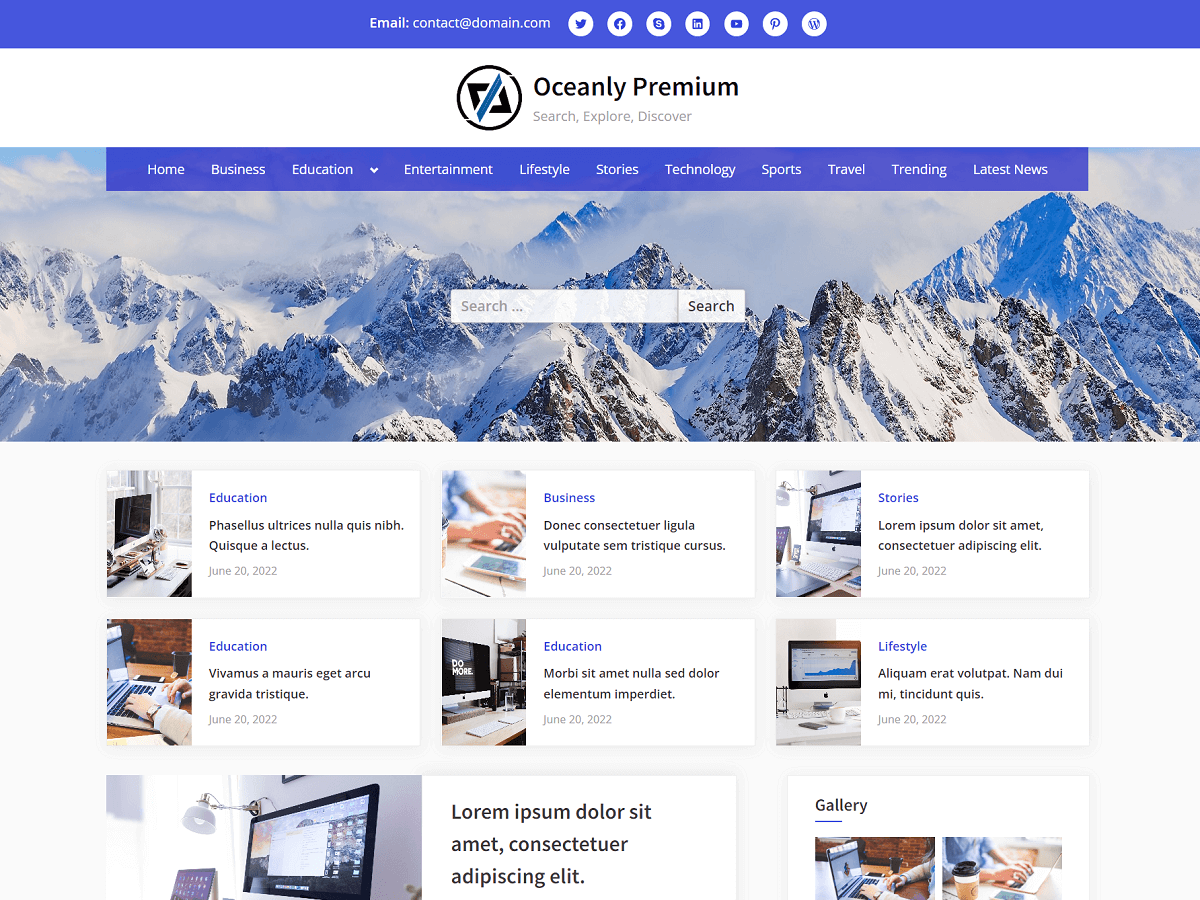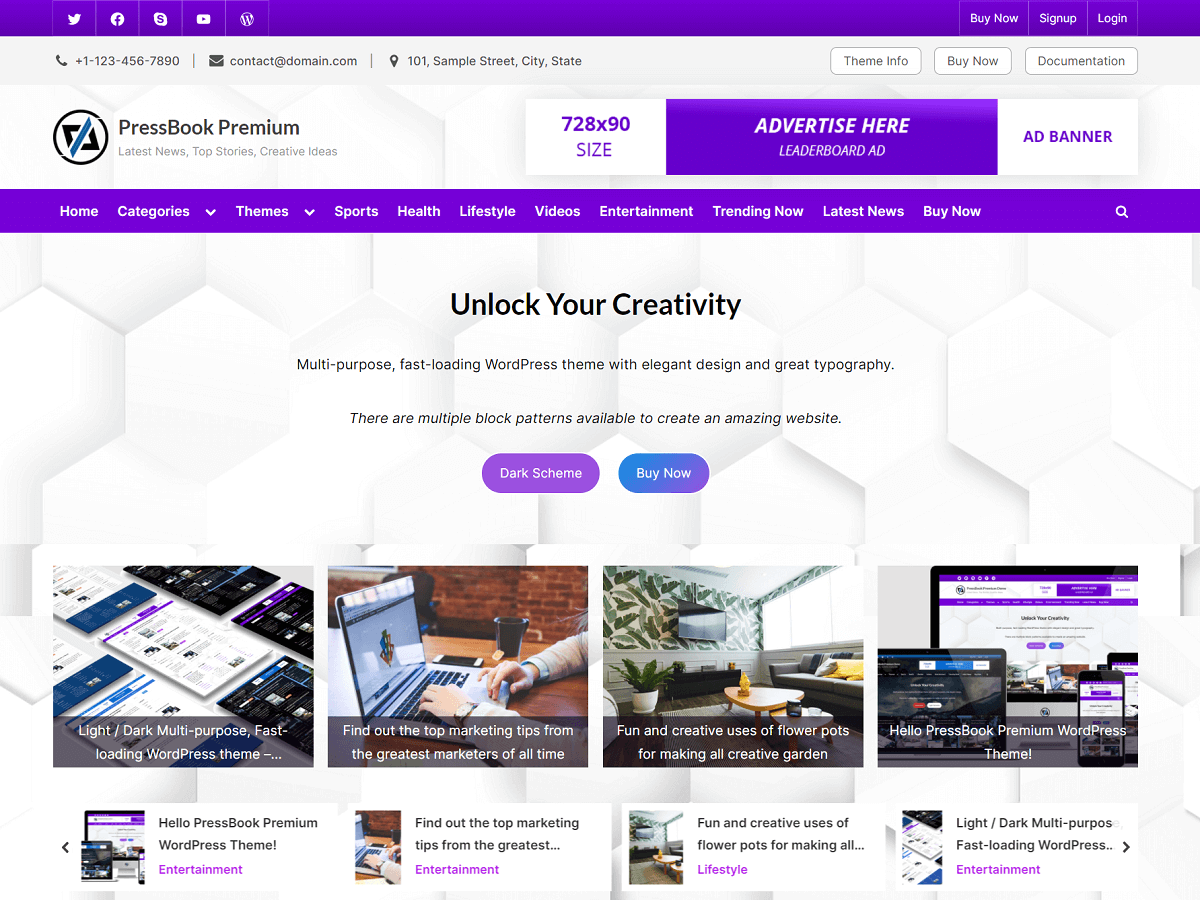Email marketing is a powerful tool to engage with your audience and drive business growth. With the growing number of emails flooding our inboxes, it’s crucial to stand out and make a lasting impression. This is where personalized email marketing comes into play.
When you customize your email messages for each individual, you can get their attention, establish a connection, and boost the effectiveness of your campaigns.
In this article, we will explore several effective personalization techniques that can lead to email marketing campaign success.
Segment Your Audience for Personalized Messages
In order to create effective email marketing campaigns, segmenting your audience is crucial. By dividing your subscribers into smaller groups based on their demographics, interests, or past interactions, you can send personalized messages that resonate with each segment. This helps increase engagement and conversion rates.
You can use data analytics to identify key characteristics of your audience segments. Also, segmenting could be based on factors like location, age, or engagement metrics.
For example, a fashion retailer might send customized emails featuring winter wear to customers in colder regions while promoting summer collections to warmer areas.
Craft Compelling Subject Lines
The first impression of your email is the subject line, and it plays a crucial role in determining whether recipients open or ignore your message. Crafting compelling subject lines can significantly impact the success of your email marketing campaigns.
- Keep subject lines concise and attention-grabbing, using action-oriented words or engaging questions.
- Personalize subject lines by including the recipient’s name or referencing any of their past interactions.
- Do an A/B test on different subject lines to find which ones yield higher open rates.
For example, if a customer has shown interest in gardening products before, an email subject line like “John, Get 20% Off on Gardening Essentials” can grab their attention and increase the likelihood of opening the email.
For a clothing brand, a compelling subject line could be “Exclusive Offer: 30% Off Your Favorite Spring Styles!” This subject line creates a sense of urgency and highlights the personalized discount offer.
Email Personalization Based on User Behavior
Behavioral personalization is a way to create emails that fit each recipient’s actions. It is one of the personalization techniques for email marketing. Understanding how subscribers interact with your emails and website can help in delivering personalized content.
By analyzing actions such as website visits, purchases, or email clicks, you can tailor your email content to align with their specific interests.
For instance, if someone visits your site often and adds items to their cart but doesn’t buy them, you can send them special offers to nudge them toward making a purchase. Also, you can time your emails to when they’re most likely to open them, making your emails more effective and reducing spam rates. Additionally, implementing a DMARC policy can improve email deliverability by ensuring that your email campaigns are properly authenticated, which can help increase open rates.
Another example is, if a user frequently buys tech gadgets, you can send them exclusive deals on the latest tech products, increasing the chances of conversion.
For this level of personalization, it’s also important to respect privacy. Brands need to be cautious about ethical data usage and comply with regulations.
Here are the key points for behavioral personalization in email marketing:
- Send personalized recommendations based on previous purchases or viewed products.
- Trigger automated follow-up emails based on specific actions, such as a welcome series for new subscribers or a re-engagement campaign for inactive users.
- Balancing personalization and privacy is key for successful email marketing campaigns based on user behavior.
Use Real-Time Dynamic Content for Personalization
Dynamic content allows you to create personalized emails that adapt in real time based on the recipient’s data, location, and behavior. This level of personalization adds a sense of relevance to your emails.
- Utilize live countdown timers to create a sense of urgency for limited-time offers.
- Embed social media or blog feeds to keep the email content fresh and engaging.
- Location-specific or local events-based offers or promotions can enhance relevance.
For example, an online travel agency can use dynamic content to showcase flight deals departing from the user’s nearest airport, enticing them with convenient offers.
Life-Cycle Stage Personalization
Personalization techniques in email marketing should align with the different life-cycle stages of your customers. The life-cycle stage means the different steps a customer takes, from first hearing about your brand to becoming a loyal customer of it. If you make emails fit each step, they’ll be more useful and work better.
For instance, a new subscriber might receive a welcome email series that introduces your brand, products, and value proposition. As they engage with those emails and start to make purchases, the content of emails can now shift to highlight complementary products, cross-selling opportunities, or loyalty programs. Long-term customers could receive exclusive offers, early access to new product launches, or invitations to loyalty events.
Transitioning between life-cycle stages smoothly is important for maintaining a personalized experience. Tracking customer behavior, purchase history, and engagement levels can help you identify the appropriate life-cycle stage and customize your email content accordingly.
- Segment your email list based on these life-cycle stages.
- Use a welcome email series for new subscribers to introduce your brand and products.
- Cross-sell and upsell to existing customers based on their purchase history.
Find the Best Times to Send Emails
Timing of your email campaigns is crucial for effective personalization techniques in email marketing. Identifying the best times to send emails can significantly impact open rates, click-through rates, and overall engagement.
- Analyze data to find when your audience is most active and engaged with their inbox.
- Allow recipients to choose their preferred email frequency and timing to ensure your messages reach them at the most convenient moments.
- The best days for sending general email communications are Monday, Tuesday, and Wednesday, with Thursday being the best day for promotional emails and newsletters, as it’s close to the weekend, and people are planning their activities.
- To further determine your optimal send time, it’s best to test different variables and analyze your email metrics, such as open rates, click-through rates, and conversions.
- Consider different time zones and segment your audience accordingly.
For example, if you operate a travel agency, consider sending emails with vacation deals and destination guides during weekdays when people are more likely to browse for their next trip. Additionally, segment your audience based on time zones to ensure timely delivery.
Personalize Email Marketing with Surveys
Surveys are an excellent way to gather more information about your subscribers and their preferences. By asking for feedback and preferences, you can create more personalized and engaging emails.
- Use short and engaging survey questions.
- Offer incentives like discounts or freebies to encourage participation.
- Send surveys strategically based on customer behavior. For example, after a purchase, you can ask about their experience or request reviews.
- Encourage subscribers to share their experiences or stories through surveys. Use these stories in email marketing to connect on a deeper emotional level with your audience.
- Utilize survey responses to further personalize future email content. Also, keep a record of past survey responses to identify long-term trends with historical data.
For example, a software company can send a survey to users who recently signed up for a trial, asking about their specific interests and goals, and then follow up with emails offering resources that match their responses.
Use AI to Create Highly Relevant Emails
Artificial intelligence (AI) can analyze vast amounts of data to create highly relevant and targeted emails. AI algorithms can predict customer preferences, recommend products, and even generate personalized subject lines and content.
- Utilize AI-integrated email service providers along with AI-powered tools to automate the creation of highly relevant emails that resonate with each subscriber’s preferences.
- Implement AI-powered language adaptation to automatically translate and localize email content for international subscribers. AI can also adjust the cultural nuances to make sure your emails resonate with subscribers from different countries and cultures.
- Instead of traditional A/B testing, AI can analyze past open rates and subscriber behavior to suggest subject lines likely to grab attention.
- Continuously improve email content through machine learning algorithms.
- Employ AI to identify and segment inactive subscribers. You can create automated re-engagement sequences that gradually reintroduce them to your content, improving the chances of reactivation without overwhelming them.
For example, imagine you own an online pet store. By using AI algorithms, you can analyze data such as pet preferences, types, and purchase history. With this information, you can automatically generate personalized emails that offer tailored pet product recommendations and helpful care tips specific to each customer’s furry friend.
This level of personalization enhances the user experience and increases the likelihood of engagement and repeat purchases.
Email Campaign Relevance with Preference Center
Having a preference center for subscribers is all about putting the power of choice in the hands of your subscribers. The preference center is a central hub where recipients can customize their email preferences. This way businesses can ensure that the content they deliver aligns closely with individual interests and needs. This not only fosters a sense of control and respect among subscribers but also significantly makes your email campaigns even more relevant to the subscribers.
Here are some important points to consider when implementing a preference center for your email campaigns:
- Provide a clear and user-friendly interface to make sure your preference center is easy to navigate and understand, allowing subscribers to update their preferences easily.
- Offer a variety of preference options: Give subscribers the flexibility with options to choose the types of content they want to receive, the frequency of emails, and the specific topics or categories they are interested in.
- Keep your preference center up to date with new content options and ensure that subscribers have the ability to easily modify their preferences at any time.
- Make sure that your preference center setup complies with data protection regulations with a focus on consent and transparency.
- Respect subscribers’ choices: Honor the preferences set by your subscribers and avoid sending them content that they have opted out of or indicated to be not interested in.
Email Localization and Language Preferences
You can localize your email marketing campaigns to cater to diverse audiences. Localization involves tweaking your content, messaging and offers to match different geographic regions, cultures, and languages. This personalization technique can greatly improve engagement, conversion rates, and overall customer experience.
Start by segmenting your email list based on location or language preferences. This can be achieved through subscription forms or by analyzing user data from your website or app. Once you have these segments, you can create localized versions of your email campaigns.
Localization goes beyond simple translation of content. It involves adapting your content to resonate with the local culture, customs, and preferences. This may include adjusting tone and writing style, using region-specific imagery, incorporating local holidays or events, and presenting prices in the local currency.
- Incorporate local holidays, events, or references that resonate with the specific region.
- Display prices and other relevant information in the appropriate local currency and units.
- Make sure that your email design and layout are compatible with different character sets and reading directions (e.g., right-to-left for Arabic).
A travel company could send localized emails to customers in different countries, featuring destination highlights, local language, and currency-specific pricing for travel packages.
Summary
In conclusion, including personalization techniques in your email marketing campaigns can significantly enhance their effectiveness. By segmenting your audience, crafting compelling subject lines, leveraging user behavior data using real-time dynamic content, and finding the best send times can create highly personalized and engaging emails.
Additionally, utilizing AI for data-driven insights and incorporating surveys for feedback will further enhance your email marketing campaign’s success.

